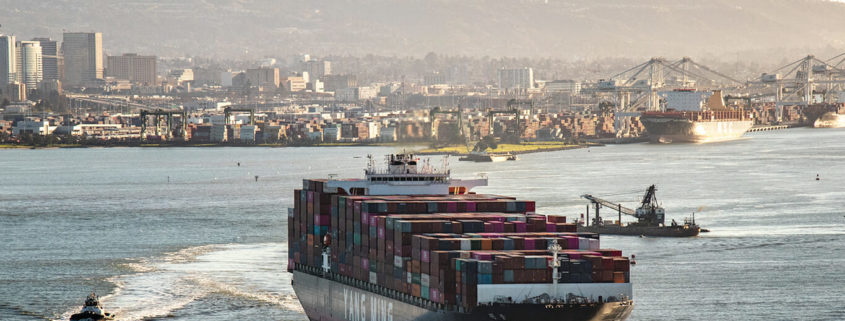Download a summary from the review here.

We facilitated a scientific peer review of an assessment of ballast water treatment technology on behalf of the California State Lands Commission
Final Summary Memo Now available!
Ensuring Rigor and Transparency in Science-based Decisions
The California State Lands Commission (CSLC) requested that the Ocean Science Trust coordinate an independent scientific and technical review of a 2018 report titled “2018 Assessment of the Efficacy, Availability, and Environmental Impacts of Ballast Water Treatment Technologies for Use in California Waters”. In the report, CSLC determined that there were no available ballast water treatment technologies to enable vessels to meet the interim California Performance Standards, which set limits on the allowable concentrations of living organisms in discharged ballast water.
With national and international attention on the global, shared threat of nonindigenous invasive species, California and CSLC seek to lead in developing evidence-based policies that protect vital coastal resources while supporting the ocean-based economy. An independent scientific peer review of this report is timely and relevant as a federal rulemaking is anticipated for the 2018 Vessel Incidental Discharge Act, led by the U.S. Environmental Protection Agency and the U.S. Coast Guard.
Review Scope & Process
Ocean Science Trust will coordinate all aspects of the review process during a December 2019 through February 2020 timeframe. Reviewer names will be made public following the close of the review.
The Scope and Process for the review is available now. Final outputs will include a brief public summary of the completed process and resulting reviewer assessments. During the review, reviewers will conduct an assessment of whether:
- the scientific information presented within the report is sound and reasonable,
- the relevant science included in the report is comprehensive and representative of existing knowledge in this field of research; and,
- the interpretations and conclusions drawn in the report are appropriate given the available scientific information.
Additional Resources
Download the product under review here.
Download the scope and process document here.
Acknowledgements
This project is made possible with support from the Ocean Protection Council.




